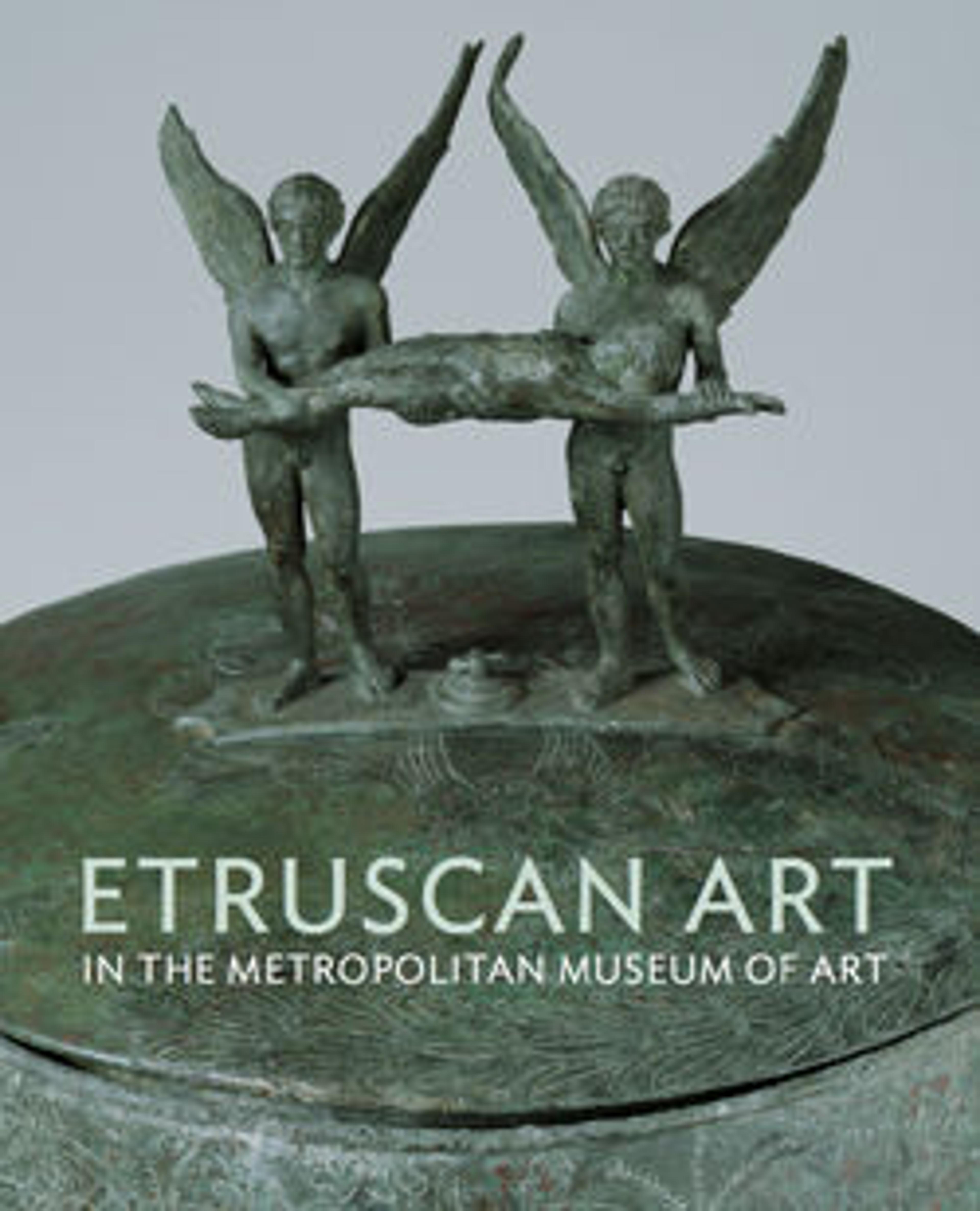Terracotta amphora (jar)
Artists of the Praxias Group, who probably worked in Vulci, were the first Etruscan vase-painters to develop a simpler version of the true red-figure technique. This vase is a good example of their work. The amphora shape is directly borrowed from Greek, specifically Attic, prototypes. The nude youth leaning on a long walking stick that is repeated on each side is a subject perfectly familiar from the Greek repertoire. What is different is the technique. Here, rather than reserving the figures (painting up to their outline), they are painted in a red-slip over the black-gloss background; then, interior modeling is achieved by incising lines through the superposed red slip.
Artwork Details
- Title:Terracotta amphora (jar)
- Artist:Attributed to the Praxias Group
- Period:Classical
- Date:early 5th century BCE
- Culture:Etruscan
- Medium:Terracotta; superposed-red
- Dimensions:H. 8 3/16 in. (20.8 cm)
- Classification:Vases
- Credit Line:Fletcher Fund, 1924
- Object Number:24.97.7
- Curatorial Department: Greek and Roman Art
More Artwork
Research Resources
The Met provides unparalleled resources for research and welcomes an international community of students and scholars. The Met's Open Access API is where creators and researchers can connect to the The Met collection. Open Access data and public domain images are available for unrestricted commercial and noncommercial use without permission or fee.
To request images under copyright and other restrictions, please use this Image Request form.
Feedback
We continue to research and examine historical and cultural context for objects in The Met collection. If you have comments or questions about this object record, please contact us using the form below. The Museum looks forward to receiving your comments.
